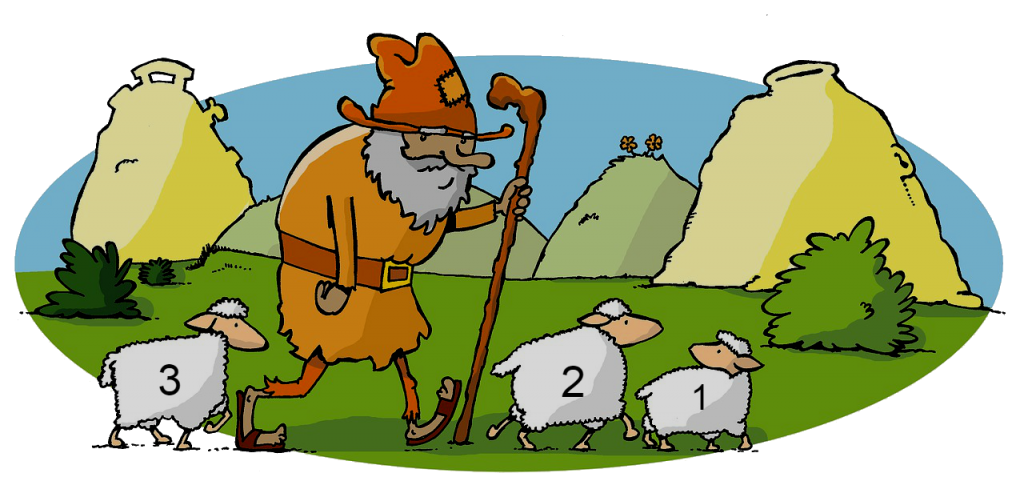Petroleum Product of the Week: Mattresses
By on Mar 31 2017

Side sleeper pillows, Egyptian cotton sheet sets, memory foam topper, down comforter, your significant other ... of all the times you've contemplated what's
on your bed, how often have you thought about what's in your bed? Specifically, your mattress?
We rely on our mattresses to get a good night's sleep so we can adequately get through our days without incessant yawning, back pain, or a stiff neck. They're really important probably the most valuable thing in your bedroom. So what is it that makes a mattress a mattress?
It's What's Inside that Counts
The earliest known mattress dates back 77,000 years ago. The bed, discovered in the Sibudu rock shelter in South Africa, measures 3-foot-by-6-foot and was constructed in compacted layers made from grasses, sedges, and even laurel tree stems and leaves (that contain natural insecticides that kill mosquitos, by the way).
Chances are you're not sleeping on or looking to sleep on a grass mattress pad anytime soon. But the archaeological evidence suggests that even 77,000 years ago, people put thought and care into the construction of what they slept on. And as any mattress salesman will tell you, so should you.
[Insert montage about how you spend a third of your life asleep and that choosing the right mattress is easily going to be one of the most important decisions in your life, therefore investing in the most expensive mattress is going to be the most important investment for your future here]
I certainly don't know what it takes to make the perfect mattress it's different for everyone, really. Firm, pillowtop, memory foam ... all I know is that personally, I will pass on the straw, feather, and horsehair options of the past. Instead, now we get to take our pick of innerspring core, latex, viscoelastic, polyester, polyurethane, etc.
Going through all the options can make you sleepy which only puts more urgency into your decision to find the one. "

Between the 1930s and the 1950s, mattresses started to utilize more artificial fillers for comfort and design (previous mattresses of the 19 th century were stuffed with wool or cotton). During these decades, interspring, encased coil spring, foam-rubber mattresses, and air beds are all invented and manufactured for consumer purchase.
E.T. Foam Home
In 1966, NASA-funded researchers were looking for ways to keep test pilots cushioned during test flights. This research created temper foam (yes, the very same stuff that makes up many of today's mattresses). Throughout the 70s and 80s, temper foam padded the helmets of the Dallas Cowboys. It's been used to protect bedridden patients from bedsore, comfort feet when incorporated into shoes' insoles, and today it has made its way into the automotive industry, amusements parks, and prosthetics. Even my dog's bed has memory foam in its cushion.
Foam mattresses might be the most popular mattresses available now. Advertisements for them are everywhere, including social media, and buying one can be as easy as either clicking a button from independent retailers or from e-commerce giants like amazon. Unlike traditional mattresses, these get shipped to your house in a box not that much larger than if you had ordered a golf bag, for example.
Is there anything more satisfying than watching someone unbox a memory foam mattress and watch it expand? It reminds me of those small little lizard toys you'd buy at the beach put it in a bucket full of water overnight, and in the morning, you'd have a giant lizard 10 times its original size. But you don't sleep on the lizard.
But even if you narrow down your search to ditching the springs in favor of foam, you still have a ton of options because different types of all-foam mattresses are made using different weights and densities of petrochemical-based polyurethane foams and visco-elastic foams or memory foam, and latex rubber foams. You can also find mattresses that incorporate plant-based foams, such as bamboo.
Memory foam mattresses, made from the NASA material, use conforming visco-elastic foam over firmer polyurethane base foam. They are affected by temperature, and therefore feel different depending on the room's temperature (firmer in a cool bedroom as opposed to a warm one). Latex foam feels springier by comparison.
Whichever mattress you spring for is going to depend upon a number of individual factors, like your budget and personal comfort preferences. So before you make such an investment... it might be a good idea to sleep on it for a bit.

Sources:
https://en.wikipedia.org/wiki/Mattress
http://www.smithsonianmag.com/science-nature/the-worlds-oldest-mattress-7513279/
https://spinoff.nasa.gov/Spinoff2005/ch_6.html
http://visual.ly/whats-your-mattress-made






